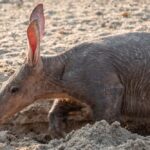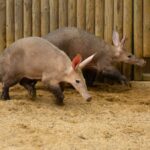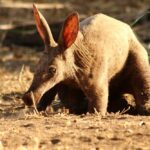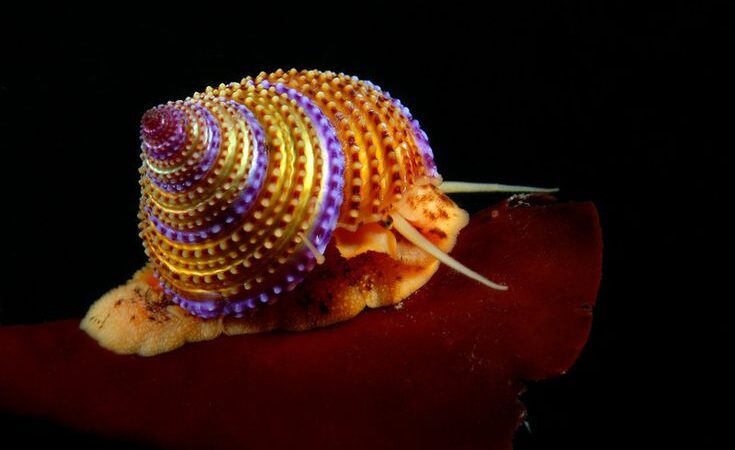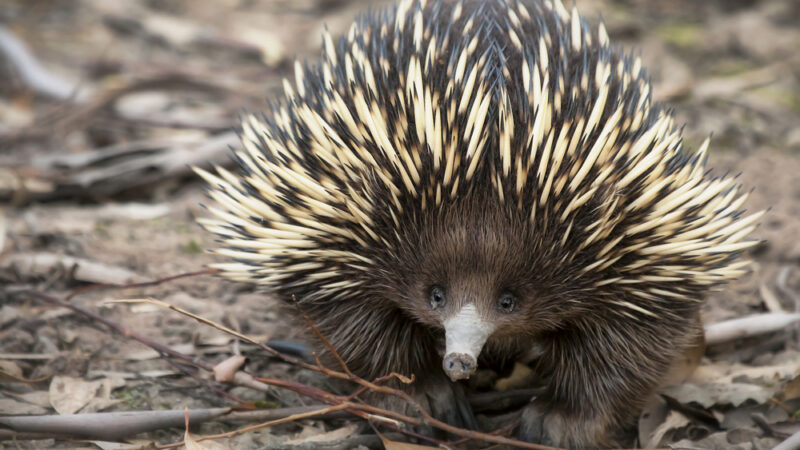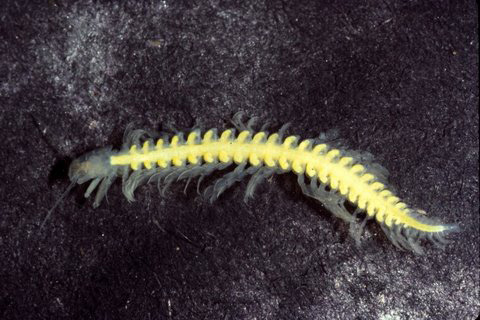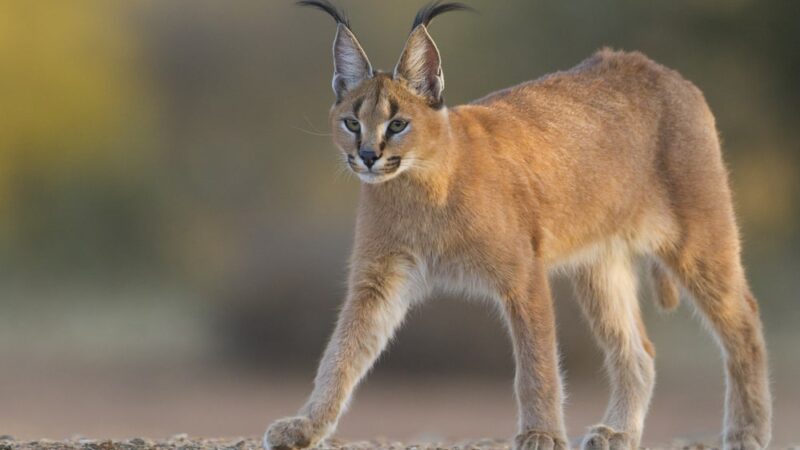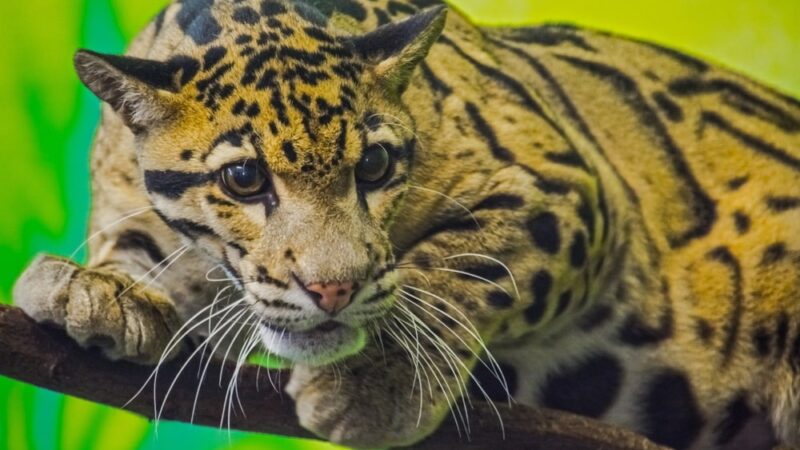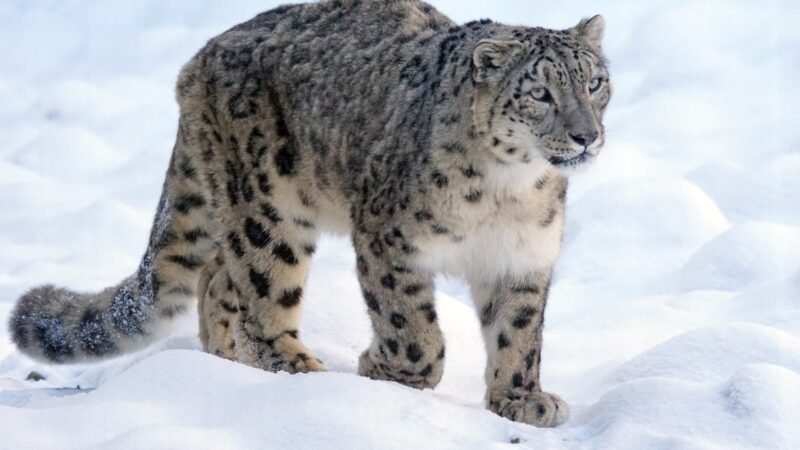Aardvark
Shelter for Animal | Aardvark | Aardvark (Orycteropus afer) have a truly enormous range they are endemic to almost all of sub-Saharan Africa – A small area in the West this huge area is home to habitats ranging from deserts to tropical forests odd rocks tend to stay in large savannas rain forests and woodlands.
Aardvark habitat
Aardvarks will live in areas that contain termites and that have very soft ground perfect for the odd Vox to dig their burrows in though. They can easily dig through the dry hard dirt if an area gets too dry and hard they will just move on to soft areas instead of putting too much unnecessary effort into digging. Aardvarks are nocturnal and will chill in these burrows during the hot days.
Termites and a few more insects that’s basically all they eat however they have been known to eat some fruits but more to get water from them rather than the nutrients. Our folks are well known to eat African cucumbers and the cucumbers welcomed it as it allows the plants to spread its seeds. Our parks are known to be able to travel several miles a night in search of termite mounds to feast from.
Some sources say they can eat up to 50,000 termites a night our volks is a little less than friendly to each other and will only come together to breed.
- Gestation of Aardvark is seven months and cubs are born between May and July.
- The female gives birth to one cub every year.
When first born the aardvarks, ears are very floppy and cute for the first three weeks, until they harden up it will stay with its mother for around six months before moving out in digging. Its own barn but don’t worry the cubs learn to eat their staple food of termites at 9 weeks old. So they are fully able to care for themselves at this age. After two years they become sexually mature and are ready to continue their bloodlines.
Aardvarks adaptations
Aardvarks obviously have one glaring adaptation the world-famous tongue.
Aardwark tongue can reach up to 30 centimeters long.
Their tongue is very thin allowing it to wind its way through a termite mouth. All the termites it can stick to their adaptations to eating termites don’t stop there though. They have incredibly hairy nostrils that stop any dirt from getting in and have thick skin to resist all the termite bites. Forget if you notice the front feet strongly resemble spades which allows them to dig their burrows so easily and break into termite mounds.
Very interestingly our trikes are somewhat living fossils through chromosomal characteristics that have changed very little and resemble quite closely that of early youth. Aryans youth area is the clade which includes placentals and their relative’s volks phenotypes do resemble that of some early youth Aryans.
Aardvarks threats
Aardvarks being small to medium size and not amazingly fast a preyed upon by lions, leopards, hyenas, wild dogs, and pythons. The best offensive roam attack is to use their excellent hearing to listen out for predators and then run to their burrows and collapse the entrance to escape or they may sit in their burrows and lash out with their strong front claws.
They are classed by the IUCN as Least Concern which is great however their numbers are in a steady decline the main threat humans post of them is destroying. The termite mounds they rely on for farmland or hunting Aardvarks for bushmeat but it looks like so far humans aren’t having a massive effect on them.
In a tiny pocket of Africa’s wilds, elusive animals make a living in the hidden underworld to survive and escape the most ruthless of predators all the time looking for food just stay alive.
Aardvark animal
The aardvark architect of the bush builder of dens used by many other creatures no sign of any dangerous enemy and the fox, rabbit-like ears to take no threatening noises within their hearing radius, so aardvark pursues the time-consuming pastime of looking for food.
Aardvark antbear’s eyesight may be as bad as a human’s at night but his sense of smell never fails him just like a sniffer dog, it smells a termite nest buried 30 centimeters underground. By following the faint scent trails. Sight vibrations made by the insect’s inevitable success and the phone calls go to work immediately claws shaped somewhat between males and fools shovel an opening into the cemented earth and in a mere few seconds the arc parks buffet spreads before him at a key 45-centimeter long tongue flicks into the cavernous nest.
The termites that stick to it cannot escape a few slurps catch as many as 20 termites when eaten insects started to bite the aardvark soft-nosed first course abruptly ends time to move on to find the second sitting nose to the ground smells out his next meal. Tears open another termite mound on a good night with no interruptions the art file can dig into as many as 30 termite mounds.
In Aardvarks wake it leaves behind exposed nests of vulnerable to mics. They do not leave their ruined home the workers repair the damage by building up the walls of the mounds of sand grain cemented together with their own excrement. After the termites, he earned the title of the master-builder of the African underground.
The aardvark creates one of his architectural masterpieces during his wanderings through the bush between destroying termite colonies and being on constant alert for the slightest sign of danger. Excavate deep feeding burrows up to five in a night you take the aardvark a few minutes to hollow out a plastic tunnel three meters deep this forms part of his danger management strategy.
Antbear mammal
All the new holes pepper the grasslands with safe houses easily accessible in case of trouble he’s a prolific reality developer and generous. One of that the burrows aardvark because gets snatched up or used temporarily by many of the other dwellers of the African bush. A faint breeze brings airborne smells to the open field the identifies.
Lion’s scent and when his ears pick up the unmistakable sounds of the lion on the move he volts running faster than a man an impressive speed considering his an athletic physique a few strides and the lion covers twice the distance safely into the bowels of one of his constructions. A hideout too small to fit the bulk of a lion a desperately starving lion could try to dig out the trap died easier than stalking and running down a buffalo.
Let’s say but this male is well-fed and now that he’s awake he ambles back to the pride on the way he greets his brother in feline terms it’s good to keep up the friendly relations with siblings and pride members carefully surveys the neighborhood before setting off the embarks on his nightly mission to find as many ants and termite nests as possible in a night.
Aardvarks (Orycteropus afer)
Aardvark can cover a distance of up to 5 kilometers the artifacts keep black roots and enamel, so they can finally deal with the softest of foods but it remains unclear why aardvark have peace at all food bypasses them all together and its stomach fulfills the job of grinding the 50,000 or so insects which eat each night using his nostrils like a vacuum cleaner.
Reference: Wikipedia
